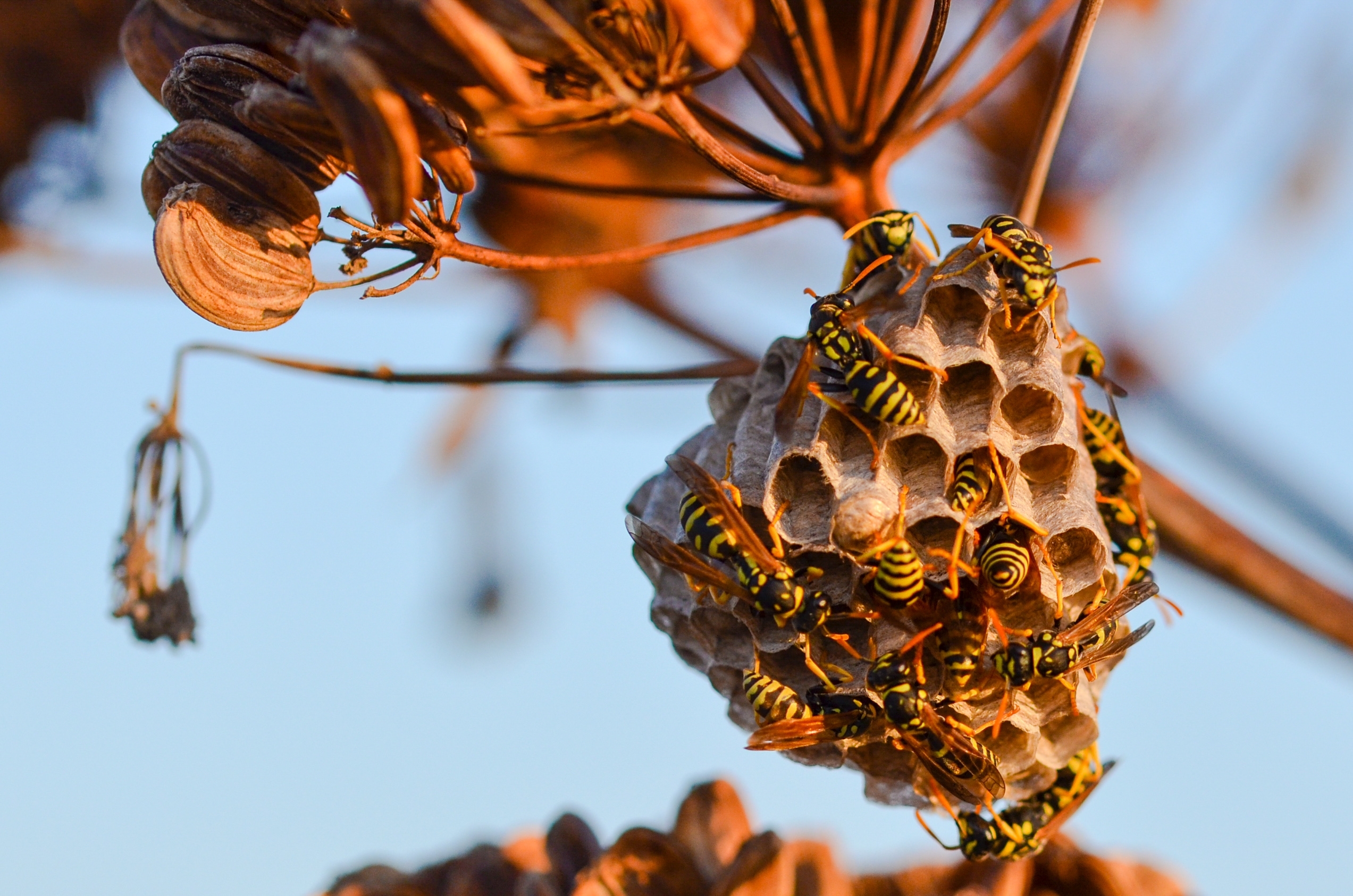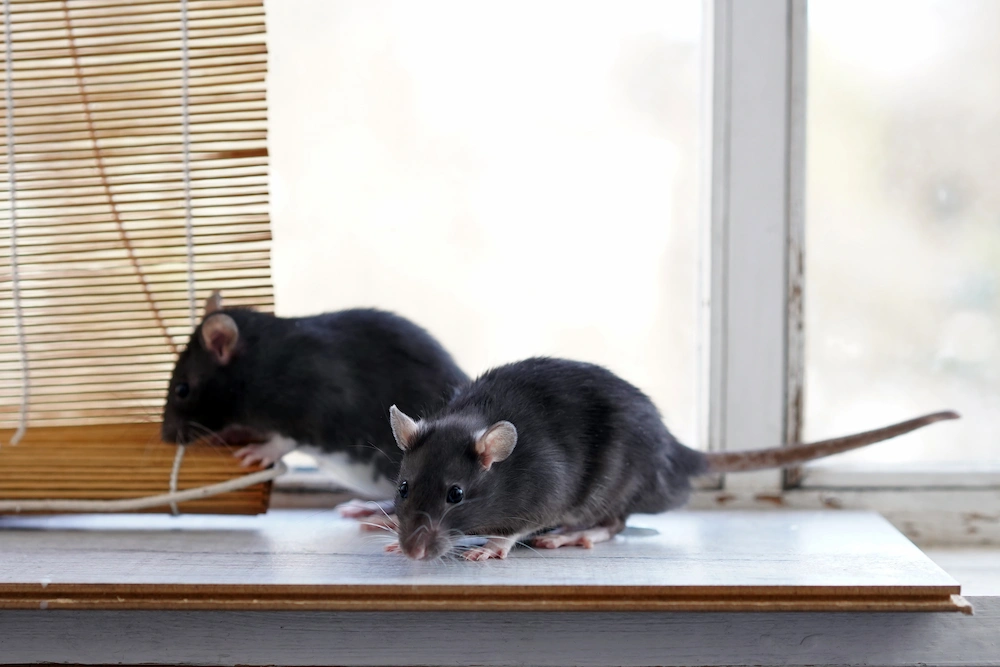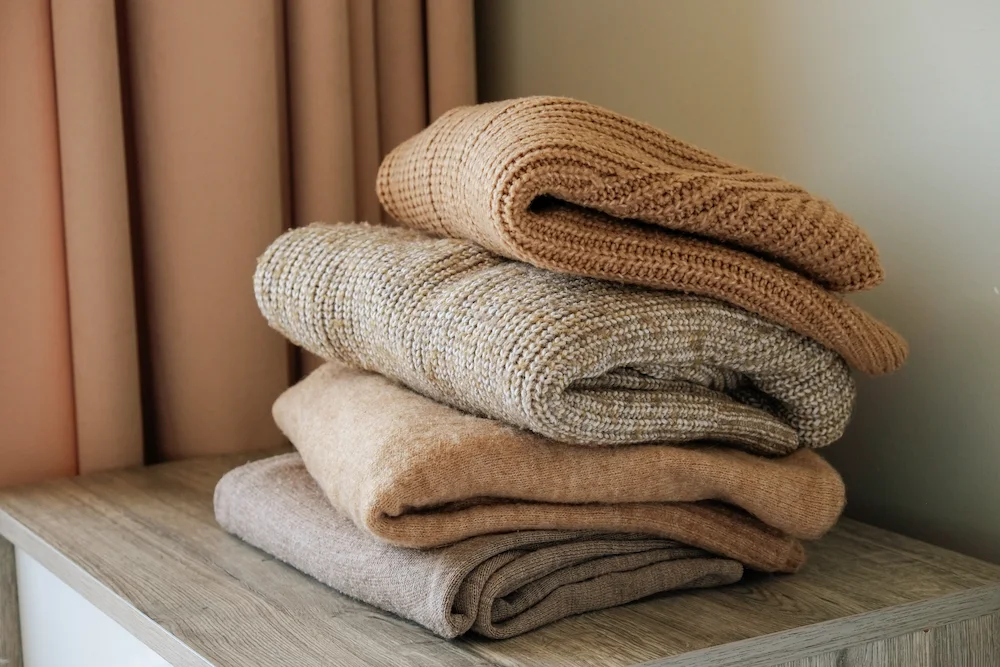Summary: Summer is regarded as the most active season for pests, and the late summer months are no different. This blog describes the harmful habits and facts of 5 pests that are usually seen in late summer. Each pest’s section also recommends that homeowners and business owners complete the 2 prevention methods that are specific to that pest. The late summer pests featured here are: mice, wasps, spiders, mosquitoes, and termites. Pointe Pest Control’s thorough treatments are depicted as the best ways to prevent late summer pests, as well as to keep a pest-free home in every season.
Summer is undoubtedly the season of pests. Insects and spiders are naturally more active in warmer weather because they’re cold-blooded and impacted by the outside temperatures. They reproduce more frequently, have greater success in their scavenging, and aren’t threatened by bad weather.
There are still quite a few pests in our backyards at this point in the late summer. Unfortunately, as the weather begins to cool for autumn, these pests turn to our houses for shelter. Let’s discuss the 5 pests that always seem to cause us problems during this transitional time of the summer season.
Mice
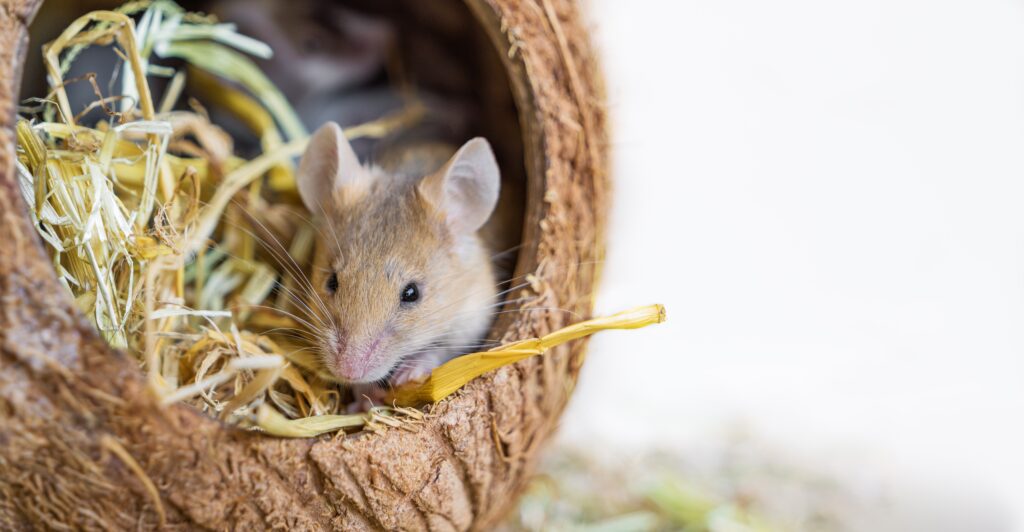
Mice are usually regarded as a winter pest since they love the warm shelter that our homes provide. But mice are still a major problem in the warmer months for the same-but-different reason. While most mice invasions happen from October through February, there are still plenty of wild mice searching for a cozy shelter in late summer.
They can squeeze through holes the width of a pencil in order to access a secluded shelter. Mice have strong teeth that cut through walls, insulation, and wiring. Since female mice reproduce about every 3 weeks (in a safe space), you could soon have a big family of mice on your hands!
There are all kinds of issues that come with a mice infestation. Mice eat 15 to 20 times a day, so they’re always scavenging for their next meal. They start gathering their own food when they’re just 3 weeks old! Mice also have an upsetting amount of bacteria in their fur, feet, and droppings. Hantavirus and salmonellosis are two of the most common diseases spread by mice.
The best ways to prevent mice include:
- Seal potential entry points. Inspect the house’s exterior and interior walls for new holes and cracks. Seal any that you find with waterproof caulk, and fill larger gaps with copper mesh or steel wool before sealing with caulk.
- Store opened food correctly. Use airtight containers to store opened food items, including baking essentials, chips, cereal, nuts, and dried fruits. Mice easily chew through flimsy packaging, so protect your food by keeping it in lidded containers.
Wasps
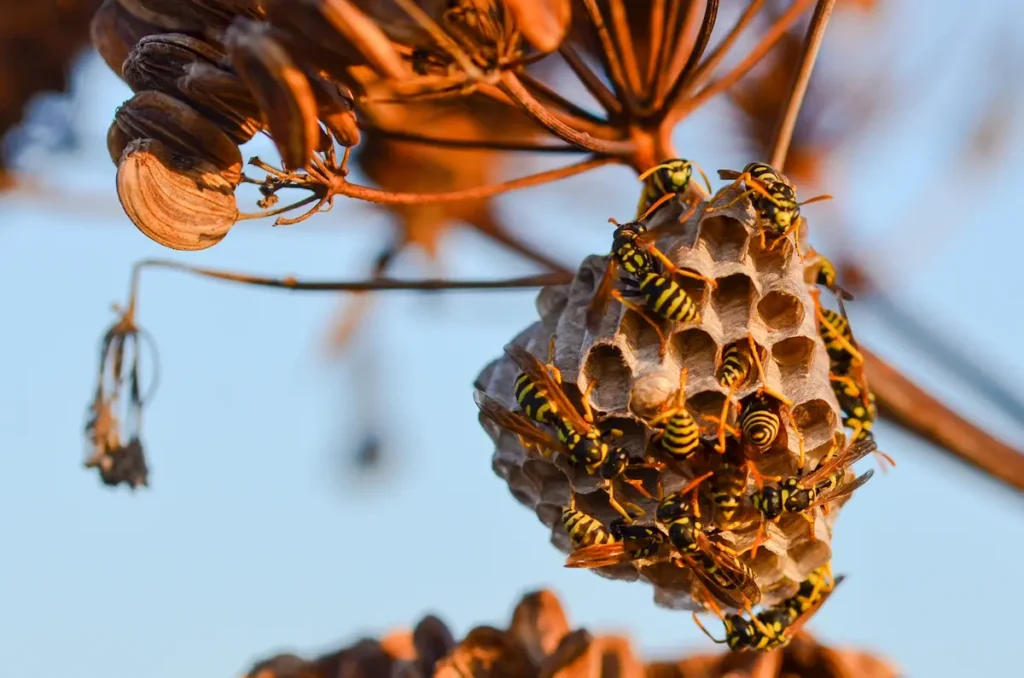
No stinging insect is a fun houseguest, but wasps are one of the most frustrating of the bunch. They are capable of stinging us more than once — unlike bees — so you do not want to anger the colony. One nest can hold up to 15,000 wasps! The workers expand their nest by adding more chewed wood to the structure as the queen constantly lay more eggs. They are extremely territorial of their home, so use caution around nests.
Wasps have the beneficial habit of pollinating flowers while they hunt for small insects and nectar, but this isn’t worth it to keep them around. Summer is a busy season for wasps since they’re expanding their nests, gathering more food, and growing their colonies. Wasps are notoriously aggressive in the hot weather. It’s easy to miss a wasp infestation when their nest is in a secluded area of the yard, but you’ll quickly learn that you have a problem if their colony is disturbed!
The best ways to prevent wasps include:
- Look out for nests. The sooner you find the nest, the easier it is to eliminate the colony. Look for any nests on trees, fences, and eaves. If you do find one, contact your local pest control professionals for removal.
- Keep garbage cans closed. Wasps love protein and sugar, so they’re often seen scavenging for food in full garbage cans. Keep the lids to the outdoor cans closed when not in use, and store the cans at least a few feet away from the house.
Spiders
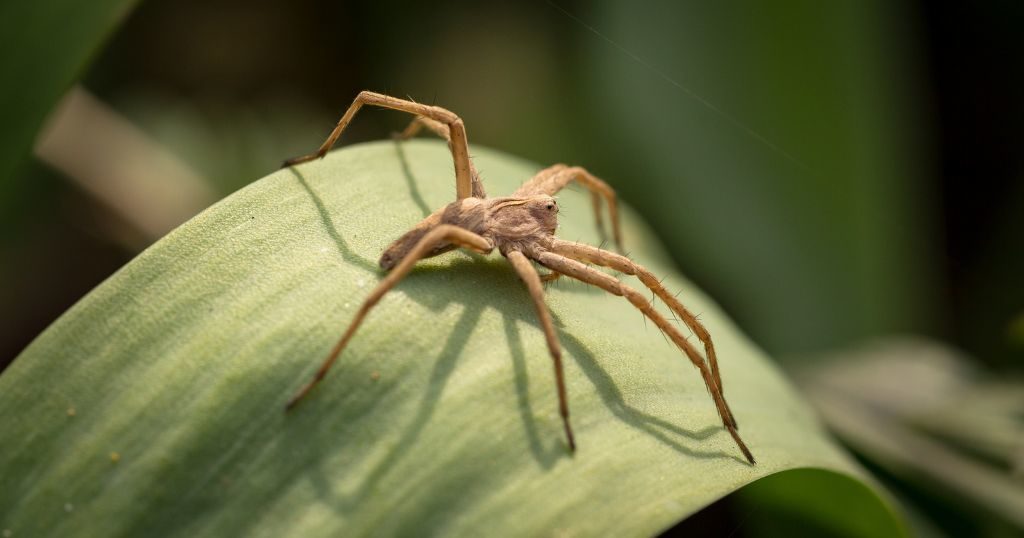
Since spiders are one of the most common pests in the world, it’s easy to see how arachnophobia (the fear of spiders) is an extremely common fear. These creepy pests eat all kinds of tiny pests that plague our houses. Spiders are always on the hunt for their next meal and prefer to live near a reliable food source, such as an ant infestation. They invade our houses for both the potential buffet and the cooler temperature in the midst of the late summer.
House spiders are the most common spiders found in — well, houses. Most of them have never been outside since female spiders lay their eggs in undisturbed areas that go unnoticed. If they have an endless supply of insects to eat and water to drink, spiders will stay forever. The types of webs you may find in your home will tell you how long they’ve been there. Thin, sticky webs are relatively new and hint at a spider living somewhere nearby. Cobwebs are abandoned webs that gathered dust and became thick strands that are straight from our nightmares.
The best ways to prevent spiders include:
- Cut off their food supply. Spiders don’t want to stay where there’s no food, so getting rid of small insects deters spiders from sticking around. Remove any insects (alive or dead) that you find in your home, especially near any webs.
- Remove spiderwebs. Whether it’s an old cobweb or a freshly-spun web, remove any webs you find. Spiders like to reuse old webs if they’re in a good spot, so dusting away all webs eliminates this potential risk.
Mosquitoes
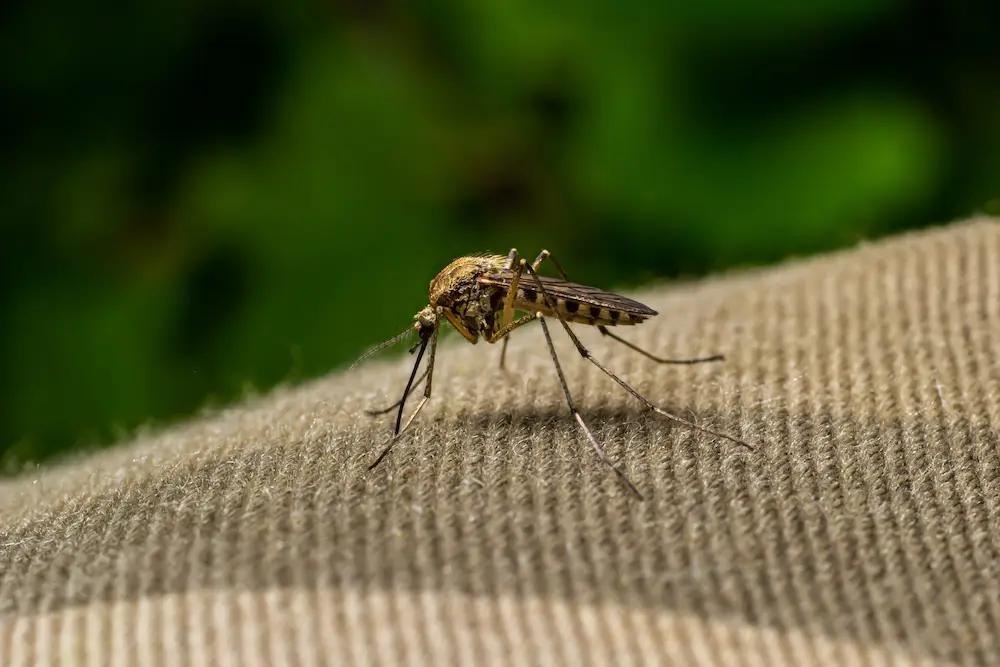
Mosquitoes are an infamous summertime pest. As long as the weather is warm, they can stay active well into September. Female mosquitoes are responsible for those itchy bites they give us, all because they need blood to produce their eggs. They lay their eggs in any amount of fresh water, from big lakes to tiny puddles. If the water is warm, the eggs hatch sooner. Mosquitoes take advantage of every ounce of that summer sun, so late summer is still a popular time for these bloodsuckers.
Female mosquitoes are aggressive during the last days of summer since they need to lay as many eggs as possible before the chill sets in. The tough eggs will survive the winter and hatch in the spring, so everything depends on the female mosquitoes laying enough of them to continue the family. If a mosquito feeds on an infected mammal before biting a non-infected one, it can spread harmful diseases through its saliva. The most common ones are West Nile virus, Zika virus, and malaria.
The best ways to prevent mosquitoes include:
- Remove excess water. This is the most important step in preventing mosquitoes. Remove as much standing water as you can from your yard, especially after a late summer rainstorm. Shake off tarps, dump out plant trays, and make sure your plants aren’t overwatered.
- Check door and window screens. The last thing you need is a horde of mosquitoes in your house! Before opening up the house, check all window and door screens for holes. Patch small holes with extra material, or replace the screen if it’s entirely ruined.
Termites
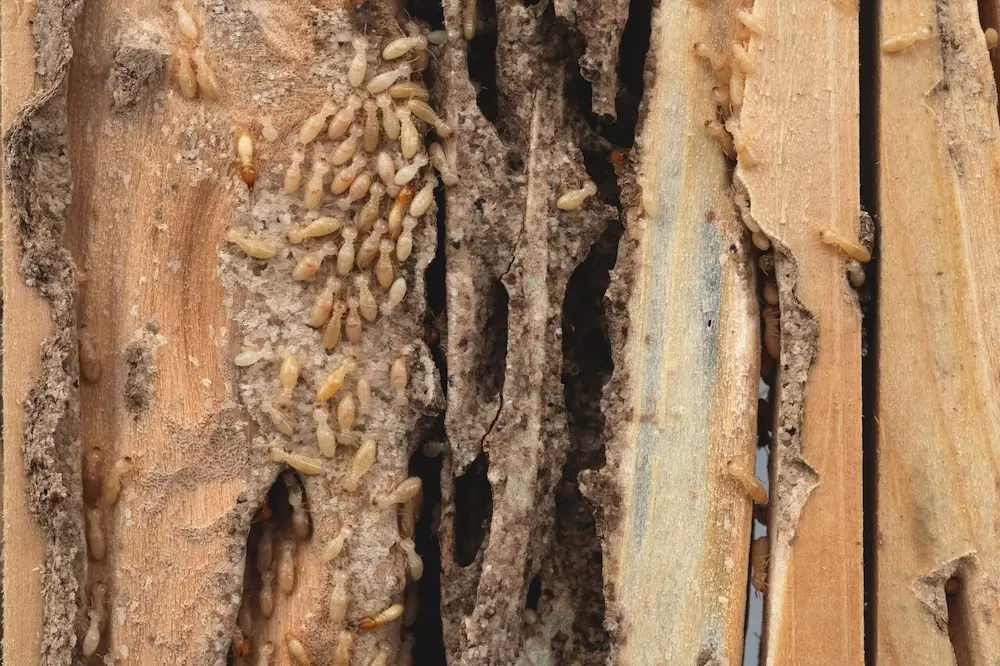
Termites are a devastatingly common pest that cause numerous issues that result in billions of dollars worth of damage every year. They eat through any kind of wood, but the only criteria for their food is it has to contain cellulose. Wood, cardboard, fabric, and paper are their favorites, especially when they’re damp. Moisture damage makes these materials even easier for termites to chew through, so anything damaged by a late summer storm is vulnerable to termites.
Unlike carpenter bees, termites actually eat the wood that they use to create tunnels and nests. That’s why they’re usually found invading wooden furniture, fencing, and playgrounds. Firewood is also a huge attractant for termites — especially when it’s damp — so it’s essential to properly store the stack year-round. When termites invade wood, you can see their route by examining the outside of the item. They make mud tubes (dried dirt or mud) on the exterior of their tunnels for additional protection.
The best ways to prevent termites include:
- Check for wood damage. Termites invade healthy wood, but it’s much easier to eat through damaged wood. Check your fencing, furniture, firewood, and house exterior for any signs of wood rot or moisture damage. Replace damaged wood as soon as you can, and contact pest control immediately if you see any termites.
- Look out for the warning signs. As with wasps, the sooner you find and eliminate a termite issue, the easier the process will be. Some of the clearest signs of a termite invasion are their sawdust-like droppings, mud tubes, discarded wings, and hollow-sounding wood.
Fight Pests With Pointe!
No matter which pests are bugging you, it’s never a fun time. Pests make going outside a chore, ruin food and furniture, and bring all kinds of health risks to humans and pets. At Pointe Pest Control, we are dedicated to protecting you from harmful pests. There is no bad time to start pest control services, as both preventative and responsive services are essential. Our experienced technicians provide thorough treatments that solve pest problems of all shapes and sizes. Contact us for more information on our services and to learn how you can enjoy the last days of summer free from pests!
Citations
Debunking common spider myths. (n.d.). Pest World. Retrieved August 26, 2024, from https://www.pestworld.org/news-hub/pest-articles/debunking-common-spider-myths/
Layton, B. (Dr.). (n.d.). Signs of termite infestation. Mississippi State University Extension. Available at http://extension.msstate.edu/content/signs-termite-infestation (Accessed on August 26, 2024).
MacMillan, H. (2018, June 23). Why your summer might be full of mosquitoes. Scientific American. Available at https://www.scientificamerican.com/article/why-your-summer-might-be-full-of-mosquitoes/ (Accessed on August 26, 2024).
Wasps thrive in late summer and autumn. (n.d.). Pest World. Retrieved August 26, 2024, from https://www.pestworld.org/news-hub/pest-articles/back-by-un-popular-demand-wasps-thrive-in-late-summer-and-autumn/


